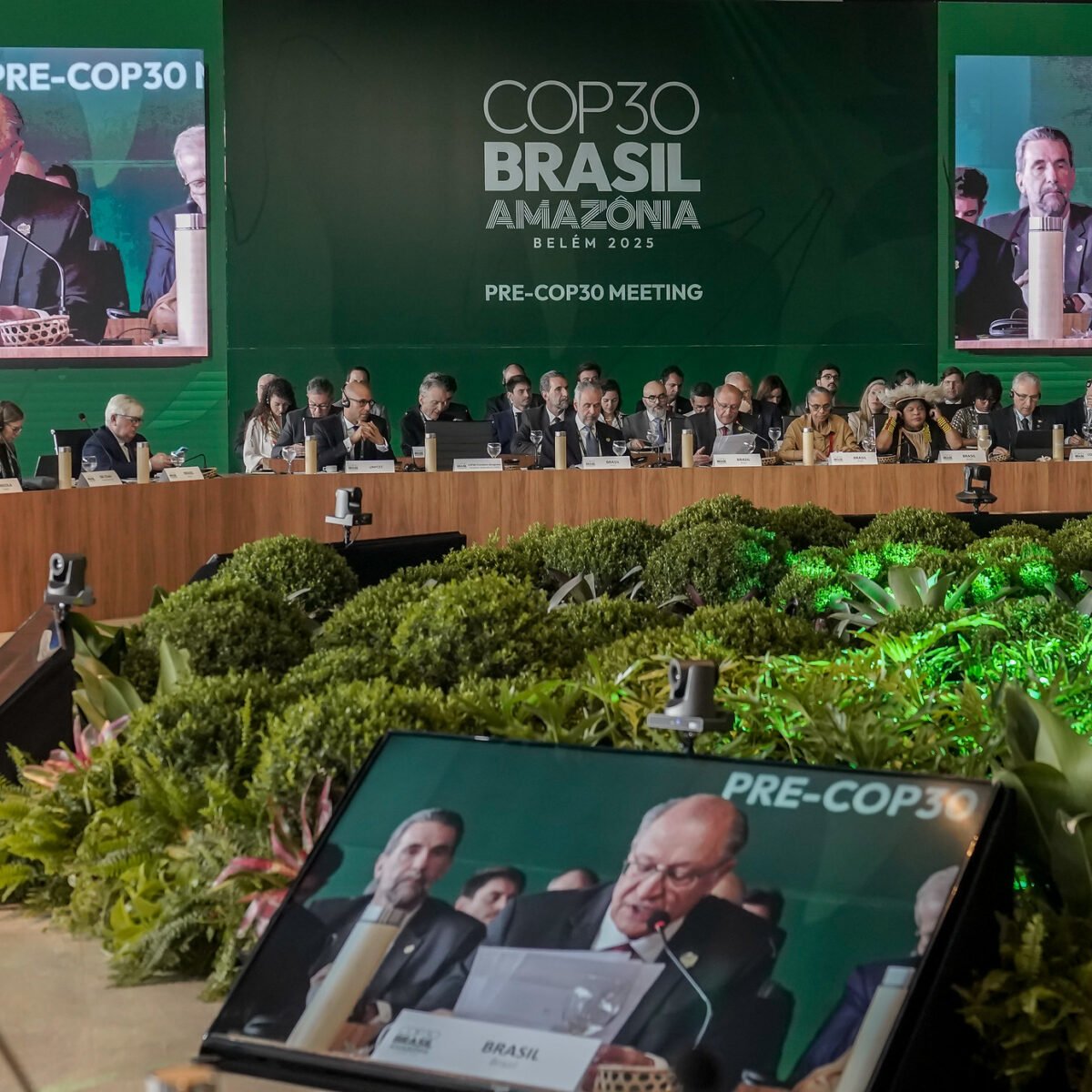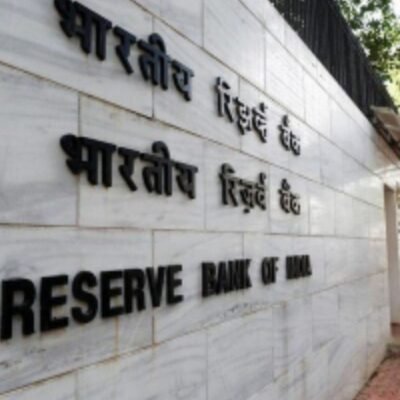At the final round of talks in Brasília before COP30, officials and civil society groups told Climate Home News they were disappointed by a lack of detail and limited opportunities to discuss a keenly awaited roadmap for how to raise $1.3 trillion of climate finance a year by 2035.
A scheduled update on the “Baku to Belém Roadmap to 1.3T”, an initiative launched as part of the new climate finance goal (NCQG) agreed at COP29, had generated high expectations ahead of this week’s pre-COP meeting in Brazil.
The roadmap builds on a core commitment for donor governments to raise $300 million annually for developing countries by 2035, as part of a wider $1.3 trillion coming from all sources including the private sector.
Little was understood at COP29 in Baku about what the roadmap would entail, but some clarity emerged at June’s mid-year talks in Bonn. It would be a report prepared jointly by the COP29 and COP30 presidencies on how to scale up financing, including information and recommendations from a range of consultations. A complementary report is also being prepared by finance ministers from nearly 40 countries.
Prior to this week’s meeting in Brasilia, COP30 President André Corrêa do Lago had anticipated that the roadmap “will be information that will not necessarily be reflected in decisions” at COP30.
He said the pre-COP meeting would discuss how to integrate the roadmap into the formal negotiating agenda at Belem, where it currently has no place. But that conversation has yet to happen.
A one-hour roadmap update session scheduled for late morning on Monday was postponed until the end of the day and cut short because the organisers said ministerial statements from the nearly 70 delegations attending had been extended.
In the end, the session began only at 6:30 pm local time and lasted less than 20 minutes. It was limited to a presentation on the structure of the forthcoming roadmap and included no time for questions or interventions by countries.
“Tentative solutions sets”
COP29 Lead Negotiator Yalchin Rafiyev, who presented the update, described it as enabling all actors to come together to scale up finance in the near term, as well as out to 2035, and to identify their potential joint actions.
Rafiyev said the summary report to be submitted to negotiators in Belem will be five to seven pages long, listing “tentative solutions sets”. They include boosting grants, concessional and low-cost sources of capital, creating fiscal space and tackling debt distress, mobilising transformative private finance, and driving system change for equitable capital flows.
On the developing country side, the roadmap may suggest strengthening their capacity and coordination to scale up climate finance and project portfolios.
Loss and damage fund will launch call for proposals at COP30
There will also be a 50-page background document with more details on the proposed solutions, thematic actions, financial pathways to raise $1.3 trillion, and the way forward. In addition, an online catalogue will help users “identify key ideas, initiatives and instruments” referenced in the 224 submissions made during the roadmap consultations.
Many government delegates and civil society representatives left the pre-COP venue dissatisfied with what had happened. Some even told Climate Home News they thought the session had been pushed to the end of the day, so there wouldn’t be an opportunity for further discussion.
Roadmap not a magic bullet
Rebecca Thissen, global advocacy lead at Climate Action Network International, told Climate Home News she had very low expectations for the roadmap update at the pre-COP, but was glad to see the potential solutions included creating fiscal space and tackling debt distress in cash-strapped countries.
Claudio Angelo, international policy coordinator with Brazil’s Observatório do Clima, said he had been expecting “something a little deeper”. “I was hoping for more substance on where to find the resources and how much they are expecting of it to be public,” he added.
Sandra Guzmán, director general of the Climate Finance Group for Latin America and the Caribbean (GFLAC), warned that if the roadmap doesn’t include elements with scope beyond COP30, “the greatest risk could be having a document that could die in Belém.”.
The Brazilian presidency told Climate Home News that its mandate is to present the report – without elaborating further. Monday’s presentation mentioned that the roadmap “does not prejudge or interpret how Parties [countries] may respond to the NCQG”.
Comment: How COP30 could deliver an ambitious outcome on global finance flows
“They could propose or suggest a way forward or recommendations if they wish, but that’s up to Parties to decide,” Thissen explained. Angelo added that the COP29 decision to produce the roadmap had not been negotiated. “That’s why the mandate is so weak,” he said, adding that it should be incorporated into COP30 in a formal way
Soenke Kreft, deputy head of the risk and adaptation department at the United Nations University Institute for Environment and Human Security, explained to Climate Home News that the roadmap probably will not form a COP30 agenda item on its own, but could signal aspects to outside actors and processes.
For example, if the COP30 presidency aims to have a cover decision, which they have so far resisted, that could be a good place to welcome it or pass on relevant recommendations.
“Many aspects of the roadmap relate to the NCQG in general and should be reflected in relevant climate finance work. It might also relate to other discussions like the indicators for the Global Goal on Adaptation,” Kreft said.
The COP30 presidency believes countries are more focused on other financing issues, such as the provision of resources from the public sector.
Foreign aid cuts put adaptation finance pledge at risk, NGOs warn
“It’s important not to spend too much time thinking this [roadmap] would solve all the climate finance problems,” said Thissen, adding it was more important to discuss how to implement the core NCQG, and focus on finance quality, provision and accountability.
Angelo, however, noted that both developing and developed countries included the roadmap in their ministerial statements during the pre-COP. “Many countries were saying that the roadmap is very important. They want it to be complete and credible,” he said.
The representative of Barbados, for example, was emphatic at the meeting in Brasilia: “The roadmap is the token of trust. Without a credible roadmap, trust will be broken.”
From Brasilia to Belém, what next?
The COP presidencies of Azerbaijan and Brazil will work on preparing the report in the coming weeks, considering submissions from countries and other groups, as well as two other reports that could serve as inputs.
The report from the “circle of finance ministers” is one of those. An initiative created by Brazil, it will provide a view of the roadmap by finance ministers from 37 countries. On Wednesday, an updated draft of their report will be shared at the annual meetings of the World Bank and International Monetary Fund in Washington, and the final version will be presented during the first week of November.
The second report will be led by Brazilian economist José Alexandre Scheinkman, who, along with other economists, will contribute an academic perspective on increasing climate finance.
October 27 had been mooted as the date for the publication of the main roadmap, but Monday’s presentation referred only to “the week of October 27”.
Meanwhile, the COP30 presidency has not ruled out a possible delay. As the deadline for its publication is before the COP, which starts with a leaders’ summit on November 6, that leaves a few days’ leeway at the start of November, a presidency source told Climate Home News.





